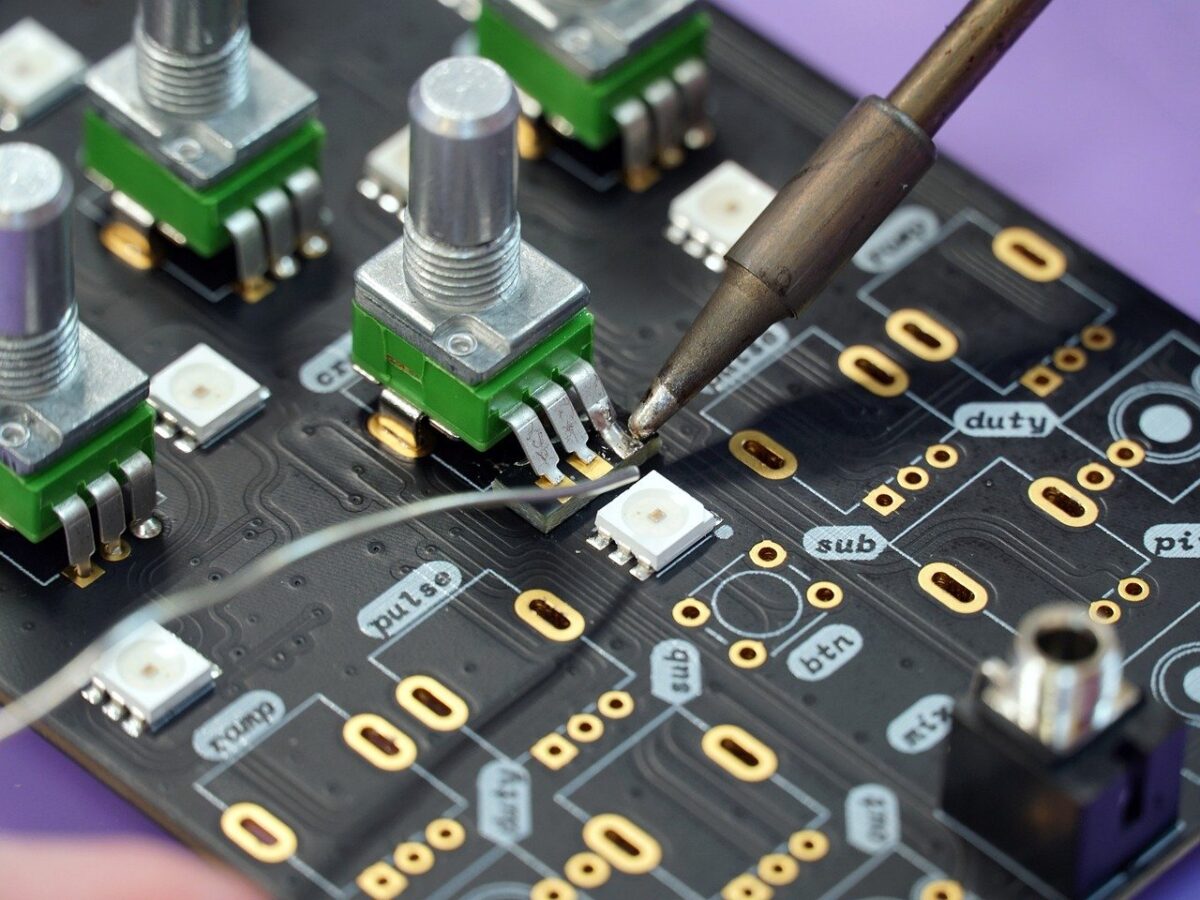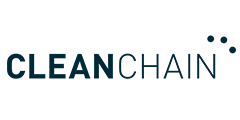Emerging PFAS Laws and the Electronics Industry: A Multinational Overview
Article
When it comes to regulation, existing laws have primarily focused on PFAS production and direct environmental release and emissions.
However, the regulatory landscape is evolving. In the United States, for example, there’s a growing push for stricter regulations on the use and disposal of PFAS across various industries, including electronics. Similarly, the European Union is considering a “One Substance, One Assessment” approach to streamline and enhance its management of chemicals like PFAS.
Trends toward tighter PFAS regulation are also being observed in other regions of the world. Wherever the mandate exists for increased transparency around PFAS usage and improved disposal practices, it will lead to safer working environments, more limited human exposure to the chemicals and reduced environmental pollution.
Overall, PFAS tonnage in electronics amounts to anywhere between 1,000 and 10,000 tonnes annually, with 5-25% of these chemicals being released from products during the manufacturing and use phases. That’s a significant quantity to consider, knowing that there are estimates that the volume of electronics sold will increase over the coming years, not decrease. To counter this trend, let’s now review what we know about the current and upcoming regulations.
Europe
As part of the European Union’s sustainability strategy, through the European Chemicals Agency’s (ECHA) REACH framework, the EU has already restricted perfluorinated carboxylic acids (C9-14 PFCAs) along with PFOS and PFOA. These restrictions remain in place. Additionally, the EU has made a new PFAS regulatory proposal, submitted in January 2023 by five EU member states (Denmark, Germany, the Netherlands, Norway, and Sweden).
On March 22, 2023, the EU initiated a 6-month consultation period open to feedback from stakeholders while the PFAS committee evaluates this new restriction proposal before it is submitted to the European Commission in September 2023. This new regulation, when passed, will make the EU one of the strictest areas of the world concerning PFAS regulatory compliance. Already, the EU considers LC-PFCAs, PFHxS, PFOA, and PFOS as persistent organic pollutants (POP). But the EU is still deciding about restrictions related to PFHxS and PFHxA. Any foreign company importing products with these chemicals into the EU should carefully check the status of these restrictions or face potential legal repercussions, financial penalties, or even loss of goods.
North America
In the United States, the Environmental Protection Agency (EPA) has proposed the classification of PFOA, PFOS, and five other PFAS substances as “hazardous” under the Superfund law (CERCLA). Such a classification makes electronics manufacturers liable for post-release cleanup of these substances, significantly affecting design and manufacturing practices. The current administration has voiced a commitment to addressing PFAS effects in the environment. As such, the EPA has developed, as a key component of the administration’s response, a comprehensive document, called the PFAS Strategic Roadmap, and a new interactive website: PFAS Analytic Tools.
But that was just at the federal level. More than a half-dozen states already have or are enacting PFAS regulations in 2023, with Maine having banned the use of PFAS in any product, including a sweeping requirement for all companies to report or make public the amount and purpose of PFAS use (see LD 1503). On July 1, a California law, AB 652, took effect, banning the sale and distribution of new children’s products containing PFAS, including certain electronics. Companies are now required to use the least toxic alternative, which may vary according to product, but the law excludes electronic products and internal product components that will not have contact with the skin or mouth. Other upcoming California laws can be found here.
Whether the reforms from additional states will immediately affect the electronics industry or begin to influence PFAS regulations concerning the electronics industry is still unclear. However, we will list them anyway, because they give you a sense of the momentum behind US state PFAS regulation.
- Hawaii’s new PFAS law, HB 1644, bans the manufacture, distribution and sale of some food packaging containing PFAS, include wrapping, liners, plates, food boats and PFAS boxes. The law also prohibits firefighting foams that contain PFAS. Such foams are used to extinguish gasoline, oil and jet fuel.
- Rhode Island’s SB 2298 law requires public water utilities to regularly monitor the use of six PFAS chemicals, particularly in drinking water. If PFAS levels exceed the established limit, entities are required to provide potable water to residents through other means until the levels reach an acceptable limit.
- Vermont’s S.20 law bans intentionally added PFAS from food packaging, residential rugs, carpets, and ski wax. Additional information can be found in the Vermont PFAS Roadmap.
- Minnesota’s state agencies have collaborated to address PFAS contamination. Their approach, named the “PFAS Blueprint,” strategizes short to long-term methods of preventing, managing and cleaning up PFAS, with a focus on research, health guidelines and water/food protection. Additionally, a stringent PFAS monitoring plan is in place, particularly focusing on waste management facilities, while landfills using spray irrigation are being closely regulated to maintain PFAS levels below health-based values.
These regulations may already affect electronics, depending on your company’s PFAS-related activities, so it’s best to check thoroughly through the current legislation in these states (and any others you may do business in). It is widely expected other states will follow suit, and that this regulatory trend will expand as the word gets out about PFAS-related health and environmental threats.
Concurrently, Canada’s PFAS guidelines may influence broader environmental policies, calling for alterations in electronic component sourcing and manufacturing. For a breakdown of PFAS regulations in Canadian provinces, take a look at this article.Australia, Asia, South America, and Africa
- Australia’s PFAS regulation and the PFAS National Environmental Management Plan (NEMP), focusing on the phase-out of long-chain non-polymer PFASs and restrictions in firefighting foam, are starting to pose challenges to the electronics industry. See the Australian government’s PFAS information portal for details. Also, take a look at the forum for giving feedback at the National Environmental Management Plan on PFAS.
- In Asia, the regulatory landscape varies across countries. In 2021, China announced its plan for managing new chemical pollutants. You may also want to check out China’s chemical substance controls. Japan has implemented stringent PFAS regulations, categorizing PFOA and PFOS as a Class I Specified Chemical Substance, and South Korea is working toward greater regulation under the Persistent Organic Pollutions Control Act after extensive studies. Taiwanese companies account for roughly 50% of the world’s semiconductor market, and the Toxic Chemical and Substance Bureau of Taiwan has banned or restricted PFAS chemicals, having classified them at various levels of toxicity.
- Although Brazil has not updated its potability standards or provided new guiding values for soil and groundwater to include PFAS, CETESB aims to advance the country’s regulatory framework for emerging contaminants and implement PFAS detection methods and monitoring in the State of São Paulo by 2023 (see LINK). The Biden and Lula administrations are working jointly on various PFAS regulatory initiatives.
- As of yet, there has only been preliminary studies in certain African countries, in addition to countries, like South Africa, phasing out of products containing PFOS and PFOA. However, a larger issue for the electronics industry and African countries is on the post-consumer electronics waste side of the toxic chemical equation. For a comprehensive study on POP-related waste issues in African countries, including some information on electronics waste, see this study.









